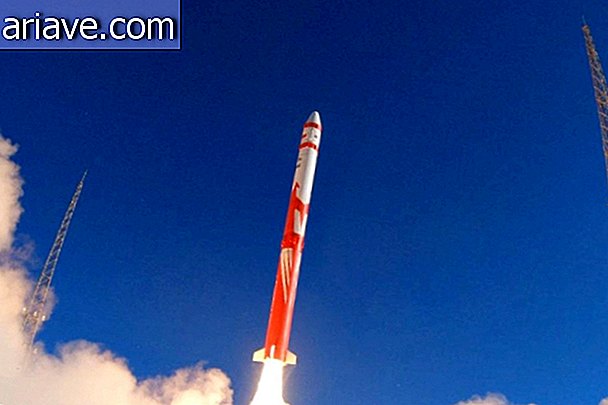Nuclear accident in Russia in 2017 has been hidden, scientists say
A nuclear accident undisclosed by the authorities may have taken place in Russia in 2017. The statement is from a group of scientists called '' Ring of 5 '' that has been sweeping Europe since the 1990s. 1980 in search of high levels of radiation, and was released in a study published last July.

In their research, scientists say they have detected an unprecedented release of radiation in Europe and Asia, likely originating from the Mayak nuclear facility, where the former Soviet nuclear weapons program was located, 150 kilometers from the city of Mayak. Yekaterinburg.
The radioactive element they found was ruthenium-106, according to Georg Steinhauser, a professor at the University of Hannover (Germany) and one of the study's mentors. In an interview with Business Insider, he said this was the first airborne detection since the Chernobyl nuclear accident in 1986.
Russian authorities deny alleged nuclear accident
Tracing the radioactive isotope's path back to its place of origin for nearly two years, Steinhauser and his team determined that all evidence pointed to Mayak's installation as the source of radiation, the site of the third worst nuclear accident in history - the explosion. of Kyshtym in 1957.

The study further explains that massive ruthenium release may have occurred during the reprocessing of nuclear fuel used in reactors, a process that separates usable elements from fission products and other materials.
While Ring of 5 scientists are certain of the nuclear accident, Russian authorities deny that there was a leak in Mayak. The government even acknowledges the detection of high levels of ruthenium-106 in the Ural Mountains in 2017, but claims that the radiation came from a defective satellite that was burning in the atmosphere.
Threat to health and the environment?
According to Steinhauser, the radiation levels detected by the team are not an immediate threat to people's health or the environment. However, the long term consequences are unknown.
He believes it may be necessary to monitor the safety of food grown by the population in the region to check for ruthenium contamination of soil and water.











